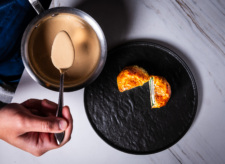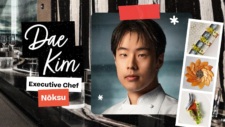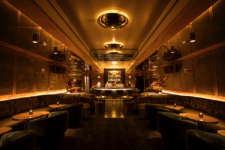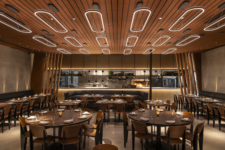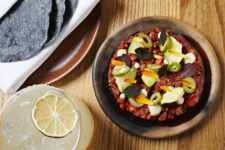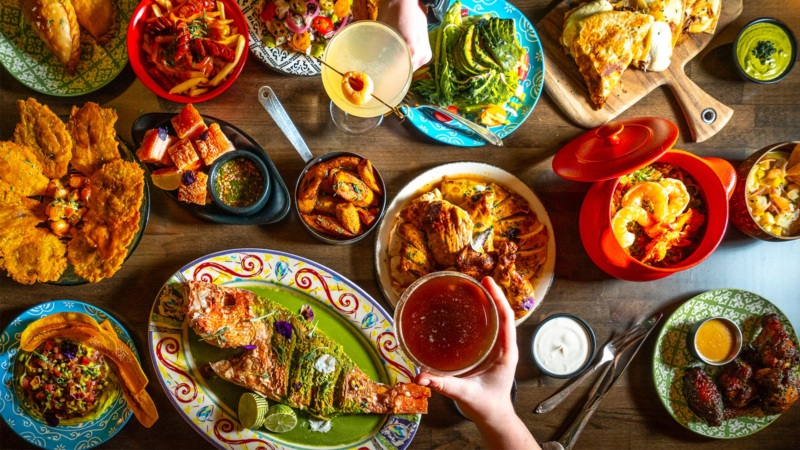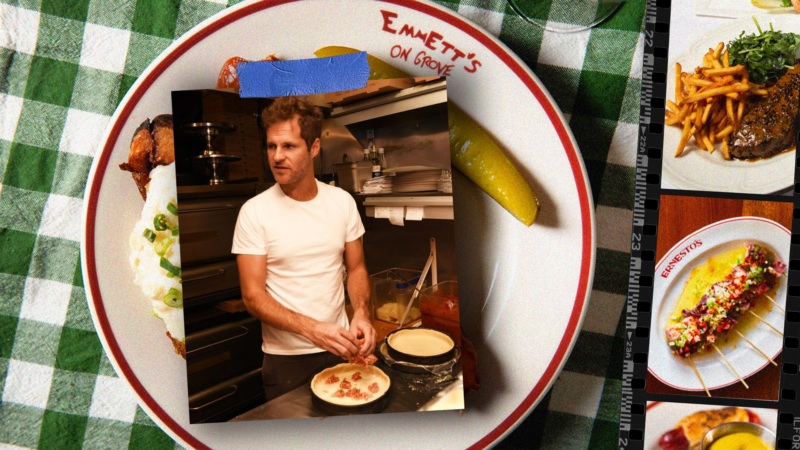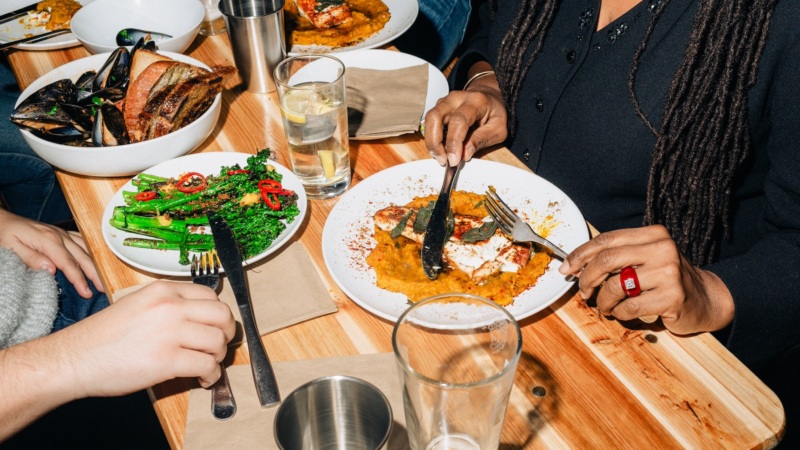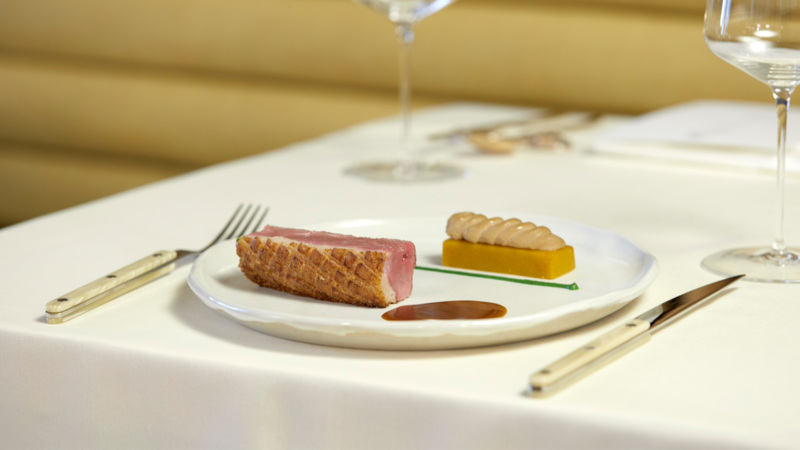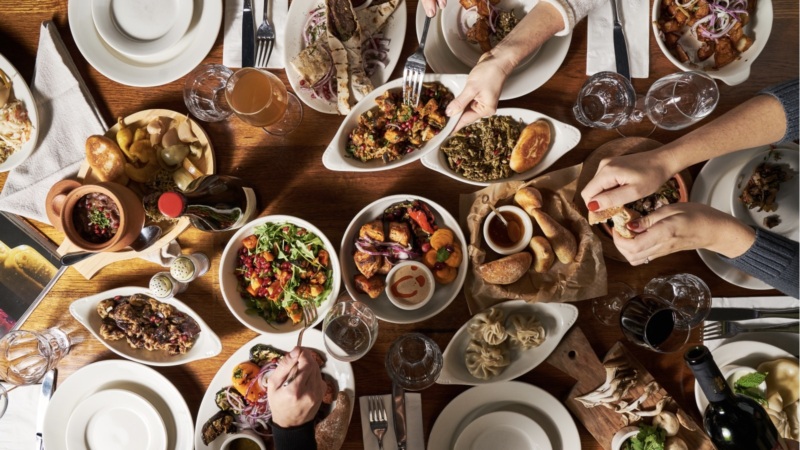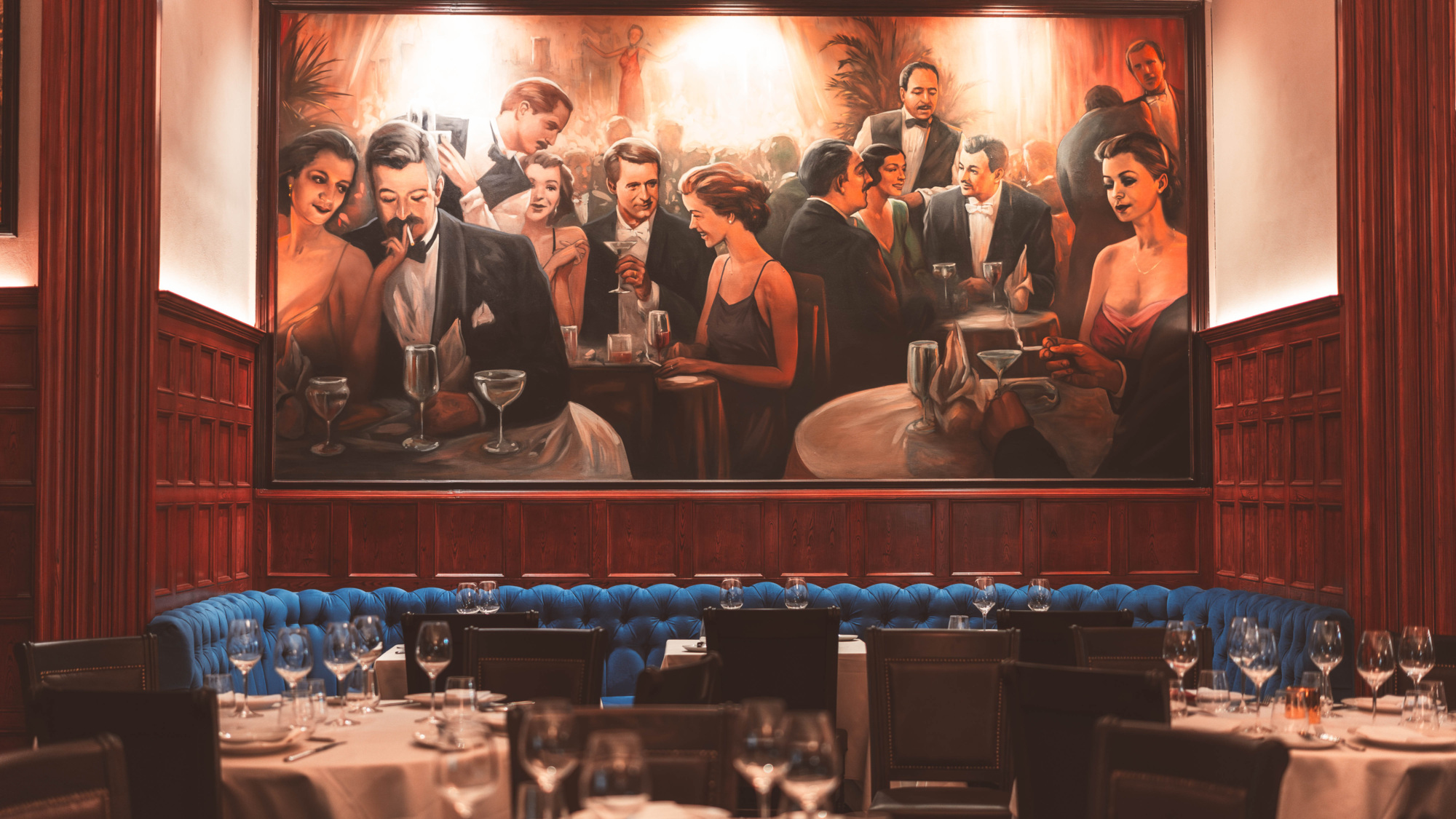
Delmonico’s Returns Again, With an Extra Helping of History
In John Ford’s seminal 1949 John Wayne vehicle “She Wore A Yellow Ribbon,” Lt. Flint Cohill (played by John Agar) asks 2nd Lt. Ross Penell (played by Harry Carey, Jr.) where he plans to eat once he leaves the frontier cavalry to head back east. “Three months from now at Delmonico’s in New York, with Olivia on my arm,” replies Penell, Olivia being both men’s love interest. The year is 1876, the months following Custer’s last stand.
Today, Ford, Wayne, Agar, Carey — most of these words — might just be a grouping of meaningless syllables. They fail to sound the chords of either nostalgia or recognition. (Less true with Wayne, but when’s the last time you saw a John Wayne movie?) Of those proper nouns, only one is still extant: Delmonico’s.
Delmonico’s is frequently billed as America’s first restaurant. Before Delmonico’s it was all lunch-pails and cold sandwiches at lunch, and perhaps an oyster refectory or two. And Delmonico’s is still there, still in downtown Manhattan, down where the city grid goes cockamamie and mountains of money are made, where steaks are cut thick and the lobster comes coddled in a puff pastry.
Now, it is reborn again.
Delmonico’s was founded in 1827 as a bakery by a pair of Italian-Swiss brothers, Giovanni and Pietro Delmonico. Things changed during the intervening centuries. The restaurant hopscotched buildings a few times. The original location was razed, another, more grandiose, built, with columns supposedly imported from Pompeii. For a spell, the institution fled north, to 14th and then 44th Streets, then returned south.
It expanded to what amounted to a chain — at one point there were 10 Delmonico’s — and then contracted again to its original solitary footprint at 56 Beaver Street. You might know it, most do, as The Continental from the John Wick movies. From Wayne to Wick, the gloria has transited. (The other Delmonico’s that can be found are remnants of a complex, expansive history but have no formal link.)
Delmonico’s, as we know it in our lifetimes, is a steakhouse, famous for its Delmonico Cut, a two-inch thick boneless ribeye first served in 1937. But it wasn’t always thus. From 1862 to 1896, the kitchen was presided over by Charles Ranhofer, a French chef on par with Antoine Carême. The big-bellied, bewhiskered Ranhofer was arguably the first to bring truly fine dining to the shores of America. Ranhofer ran a tight kitchen, invented lobster Newburg, chicken à la king, and, some say, Baked Alaska — many of the dishes that would later be described as Continental and attributed, erroneously, to the Old World.
Later on, under the stewardship of an Italian immigrant named Oscar Tucci, who took over the business after the original family bowed out, the newly dubbed Oscar’s Delmonico served curries from India, ribollita, and collo del gallo ripieno (stuffed chicken neck) from Italy. The steakhouse era began only in 1998. In fact, Delmonico’s has gone through so many evolutions one wonders if the precursor would recognize its descendant as kin at all. Perhaps Delmonico’s is more an idea than it is a single lineage.

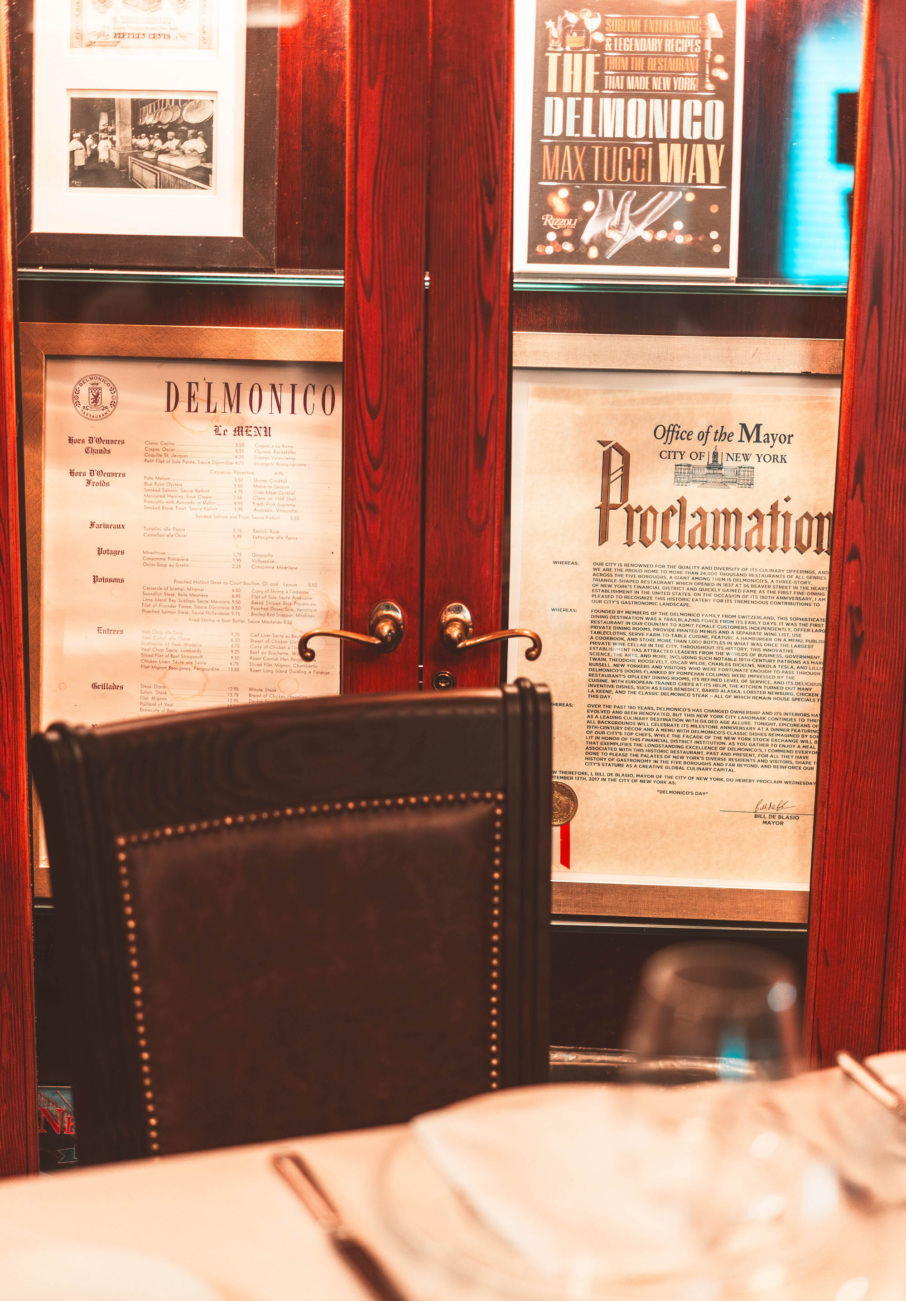
Regardless, this month, the latest iteration of Delmonico’s is being revealed. There’s a new menu, by chef Edward Hong, a former Aureole acolyte, and a light refurbishment of the rooms. (It involves mostly new old photography on display.) The menu now includes slightly modernized preparations like chilled jumbo prawns with a sweet gochujang cocktail sauce; Brooklyn-made burrata with pear, lemon gelée, Brazilian nuts, and romesco; and lamb chops with caramelized yogurt.
Much of the menu, however, is an homage, and how could it not be? Where but here could chicken à la Keene (made with peas, cherry tomatos, asparagus, poblano chile, and a creamy sherry sauce), lobster Newberg (Cognac, tarragon, and lobster coral), and the wedge salad — invented not by Ranhofer but by Oscar Tucci — live side-by-side in their natural state?
Within these four walls, and probably only within these four walls, can these gilded dinners of yore live not as pastiche or ironic send-up, but as gloriously and unself-consciously as ophthalmologists at a trade show.
Nor does the homage cease at the kitchen threshold. In this latest updated Delmonico’s there is now a Tesla Bar, named after Nikola Tesla, a former Delmonico’s habitué, and not for a certain car company. (Grimes is breathing a sigh of relief.) This sits next to the Dickens Alcove, which abuts the main dining room. (In 1868, a dinner party at Delmonico’s changed Charles Dickens’ previously gloomy assessment of American dining.)
All this after a complex ownership struggle and near-eviction, with Dennis Turcinovic, a former employee and one of Delmonico’s managing partners, victorious. Much of the historical gaze is the work of Max Tucci, the grandson of long-time Delmonico’s owner Oscar Tucci, who has been retained as a “global brand ambassador.”

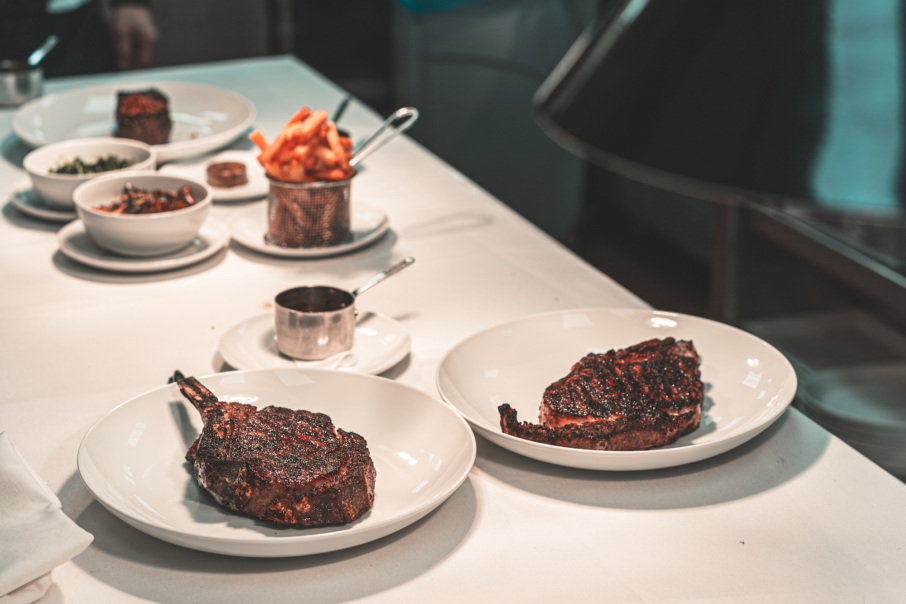
Max Tucci is the modern proselytizer for what he calls “the Delmonico way.” He’s an author who loves spinning tales of Delmonico’s in its glory years. Rock Hudson, he tells me, used to arrive with his beard, Elizabeth Taylor. She would be shown to her usual banquette while Hudson would secret away to the upper reaches of the building, where Delmonico’s retained a pied à terre for use by discreet clients, for assignations with his lovers.
The bold names of the past roll off Tucci’s tongue: Eva Gabor, Gypsy Rose Lee, Joan Crawford, Marlene Dietrich (she loved the cherries Jubilee), and Marilyn Monroe, who adored the broiled grapefruit. Reaching further back, one could of course add Tesla, Dickens, Abraham Lincoln, Mark Twain, “Boss” Tweed, countless kings, courtly counts, and portly titans. There’s little hyperbole when Tucci claims Delmonico’s was the most important and glamorous restaurant in the world.
[Chef Charles] Ranhofer ran a tight kitchen, invented lobster Newburg, chicken à la king, and, some say, Baked Alaska — many of the dishes that would later be described as Continental.
It seems unlikely that today’s Hudsons, Grants, and Taylors will frequent Delmonico’s. For one, that pied à terre apartment has been turned, like the rest of the building, into luxury condos. For another, the Continental cuisine offered by Delmonico’s is no longer the preferred cuisine of the famous and semi-famous, having been replaced by a sort of hyperbolic social media-friendly maximalism. (We see you, Bad Roman.) It’s all neon lights and monstera now.
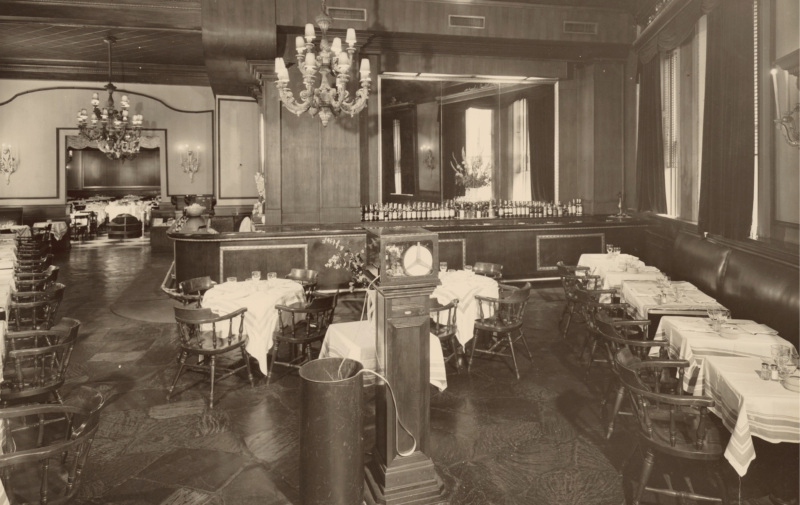

Even more saliently, the very concept of a unitary fame — and a watering hole where all the famous go — has been splintered into a thousand shards of light. Hot spots, such as Delmonico’s once was, no longer exist. Or rather, there are so many of them, each catering to their own niche audience, that neither Delmonico’s nor any other singular place can claim a monopoly.
That doesn’t mean Tucci doesn’t have plans to turn Delmonico’s back into a household name again. “We have a neighbor,” he told me, “who is a huge fan of Delmonico’s. His name is Travis Shumake. He’s a hot rod driver and a huge fan.” There might even be, Tucci says excitedly, a Delmonico Drag Racing Team. “The future of Delmonico’s is branding with intention.”
And with that, instead of riding off into history, the city’s oldest restaurant zooms into the future.
Joshua David Stein is a cookbook and children’s book author. He is the former restaurant critic for the Village Voice and the New York Observer, and the co-author of “Notes from a Young Black Chef,” with Kwame Onwuachi; “Il Buco: Stores & Recipes,” with Donna Lennard; “The Nom Wah Cookbook,” with Wilson Tang; and “Vino: The Essential Guide to Real Italian Wine,” with Joe Campanale. Follow him on Instagram. Follow Resy, too.

